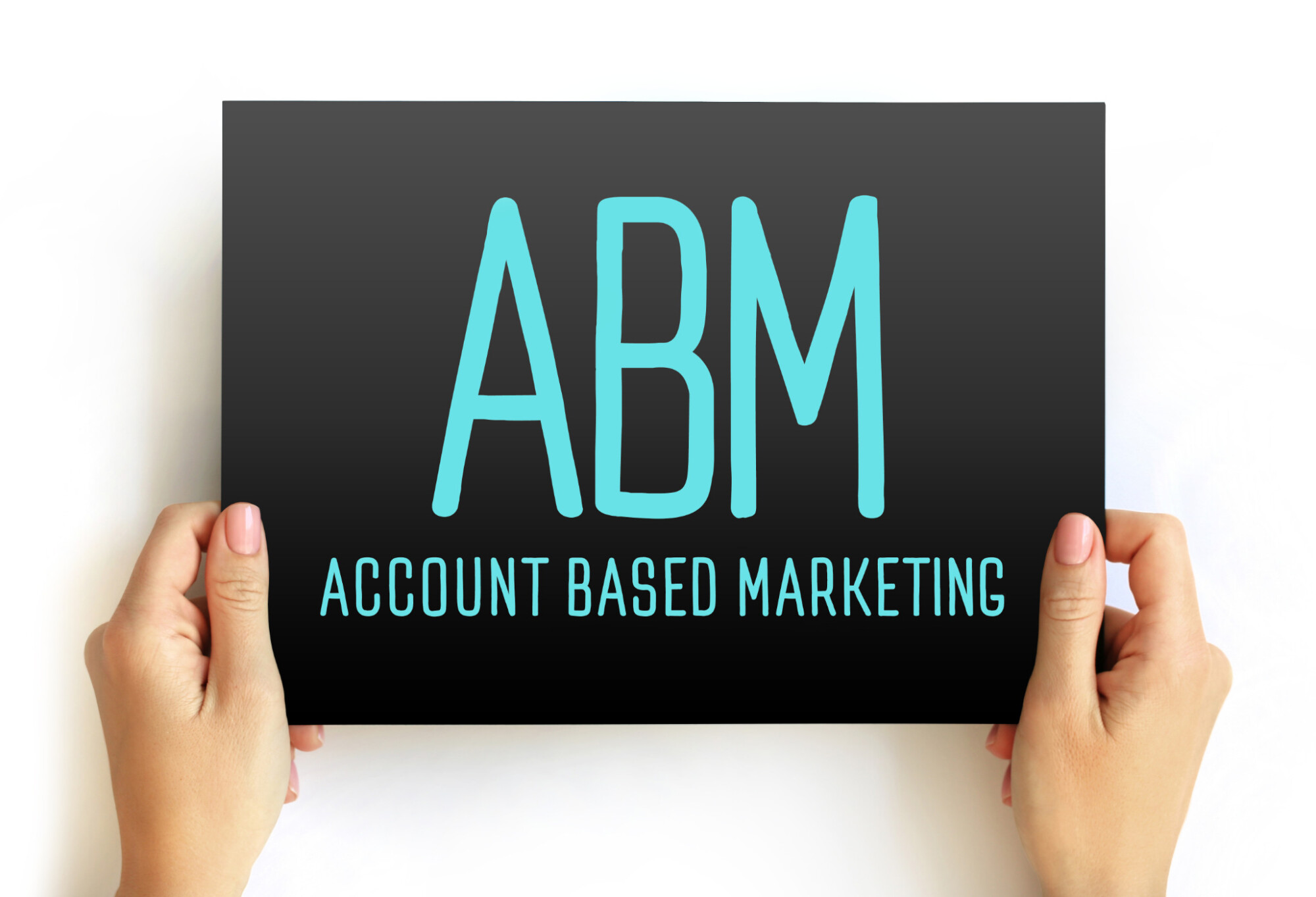I was recently lucky enough to be invited to participate in a workshop on ABM strategy hosted by The Go Network. Having swallowed my imposter syndrome, I joined fellow panellists Julia Payne and Graham Reed to discuss “When and How to Invest in Account-Based Marketing”
It’s generally a good idea to settle upfront what it is you’re talking about. We decided to define Account-Based Marketing (ABM) in general terms as a strategic approach to B2B marketing, based on creating personalised buying experiences for a mutually identified set of targeted accounts. Namely, those that represent significantly higher expansion or growth opportunities.
Julia made a strong point that many think of ABM as either a sales or a marketing strategy but that it’s more useful to think about how this approach can drive alignment across commercial teams.
We also discussed ABM in the wider context of marketing efforts. Don’t forget the importance of a brand that drives emotional engagement, along with solid strategies for content and inbound.


My simple answer to this is that experience matters a great deal. There’s strong evidence that people who have a valuable and personalised marketing and sales experience with your brand are not just more likely to buy but will also spend more.
There’s also a strong case that, by being hyper targeted, ABM can help you to be more efficient with budget and time because marketing, sales, and customer service teams put less effort into unqualified leads who aren’t their best fit customers.
During tough economic times and when our budgets are all being squeezed (ranty blog post on this coming soon), a better question would be “why aren’t more people talking about ABM now?”
The panel agreed that ABM works brilliantly for higher value brands with longer or more complex sales cycles.
There are some foundations you should consider before embarking on your ABM journey:

ABM can’t succeed in a vacuum. In 2018, a study by Google showed that the average customer journey involves up to a staggering 500 touchpoints. This means that your mix still needs to include content, SEO and advertising. And it’s just as important that your brand has emotional appeal to your ideal customer.
Yes, we’ve all being banging on about buyer personas for years. But, for a successful ABM campaign, you might want to go a bit further in your audience insight. Sirius Decisions provides a handy table to show the level of insight you might want to draw on for your campaign:



How many times have brilliant new ideas and initiatives been scuppered the minute we log in to our CRM for a peek at the data? Make sure you have the right fields in your CRM and that the profile above is reflected as much as it can be in your database. Have a good de-dupe while you’re there.
It’s also handy to have a tight integration between your CRM and other platforms to handle lead scoring and grading, and to make sure you’re able to make use of hyper personalised and dynamic content throughout your campaign.
There are a few people and process considerations to cover when it comes to running successful ABM campaigns.
The big one first. Are your marketing and sales teams aligned closely enough? You’ll need to plan and execute ABM together. Both teams should be involved in the strategy, account mapping and content planning but you also need a clear process for handover between marketing and sales.
When leads hit the right level of engagement, you want the experience to be fast and slick. I often recommend that clients appoint a “lead catcher” to coordinate: sales response.
Beyond this, you’ll need internal resource including access to leadership and subject matter experts to support content generation.

We all gave the stock marketing answer here: “wherever your ideal audience is”.
Graham made an interesting point that’s backed up by my own experience which is that direct mail is having a big impact in ABM campaigns.
My take is that an ABM approach gives you the opportunity to do some really exciting and creative things with direct mail, AND to integrate with your digital comms really nicely.
One of the things I love about ABM is just how measurable it is. The range of analytics available really gives you the opportunity to optimise or course correct at every stage of a campaign. I’d break your measurement down into the stages of a campaign. Something like this:
Increasing account insight
•••
Number of new account contacts
•••
Account and contact activity (lead scores)
•••
Sales team utilisation
New pipeline
•••
Progress of existing opportunities
•••
Relationship development
Revenue growth and retention
•••
Average deal size
•••
Loyalty and referral
While these measures have obvious value in tweaking and improving what you do during the campaign, I’d also recommend a post campaign deep dive with internal stakeholders and agency partners to ensure that you can squeeze maximum value from the insight gained along the way.

An external voice can be valuable for setting strategy, mapping accounts, and knowing what’s worked (or not) for other brands.
Miramar can help you to build a winning strategy, develop effective content and creative, and optimise your campaign along the way.
If you’re a Miramar client, have a chat with your account manager. If you’re not, drop me a line and I’ll put the kettle on.